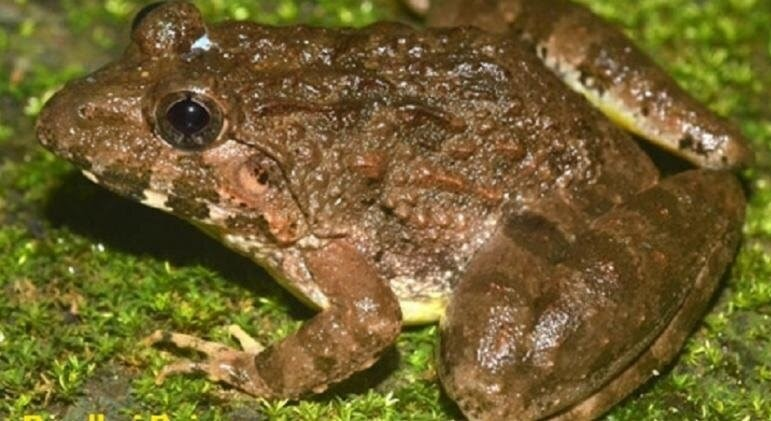UPSC Articles
Morphological Phenotypic Plasticity in Kalinga Frog
Part of: GS Prelims and GS-III – Biodiversity
In news
- Recently, Indian scientists from the Zoological Survey of India, Pune have reported a first-of-its-kind discovery of morphological phenotypic plasticity (MPP) in the Kalinga cricket frog.
- Phenotypic plasticity refers to some of the changes in an organism’s behaviour, morphology and physiology in response to a unique environment.
- It was the only genetic analysis that helped prove that physically different-looking frogs from Eastern and Western Ghats were the same.
Significance of the Discovery
- The behavioural studies of many anuran (frog or toad) species will help in generating information on the selection of breeding sites, courtship patterns and ecological adaptations.
- The information will help to trace the distribution of these species along the peninsular region of India and can be used to evaluate the possible links with other species that were found in the Northeast region.

Important value additions
Kalinga Cricket Frog
- Scientific Name: Fejervarya kalinga.
- It is a recently identified species which was documented in 2018.
- It was thought to be endemic only to the higher-elevation hill ranges of the Eastern Ghats in Odisha and Andhra Pradesh.
- However, it has been reported from the central Western Ghats, with the evidence of considerable MPP.
- Its physical characteristics are entirely different from the other known Fejervaraya/Minervarya species from the Western Ghats.
- Cricket frogs are indicators of a healthy ecosystem and live in wide habitat ranges in agricultural fields, streams, swamps and wetlands.













